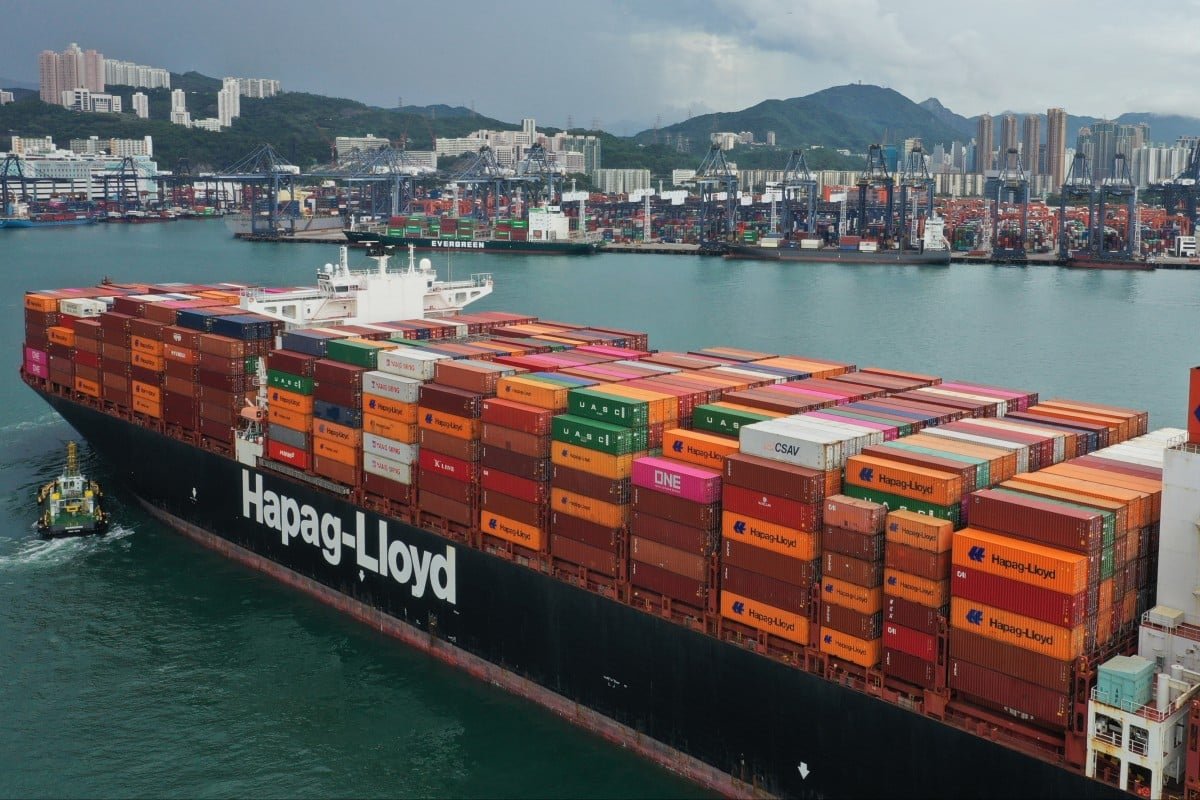Carbon capture and storage (CCS) retrofit projects on vessels are encountering obstacles despite studies suggesting the approach is both technically and financially feasible, Hare Ram Sah, director of Wah Kwong Maritime Transport Holdings based in Hong Kong, expressed recently.
CCS technology, which prevents carbon dioxide emissions from being released into the atmosphere and thereby contributes to global warming prevention, has long been implemented in on-land industrial projects. However, its introduction into the maritime sphere remains in its early stages. One significant barrier for shipowners eager to integrate this technology is the deficiency of appropriate port infrastructure and offloading amenities.
Sah commented on ongoing initiatives in areas like Zhoushan, Zhejiang province, “There are a few pilot projects and infrastructure enhancements being considered. We’re closely monitoring the developments alongside service providers.” Another challenge in the maritime sector’s adoption of CCS is that carbon dioxide captured on ships isn’t recognized under the current International Maritime Organisation (IMO) regulations, implying it doesn’t factor into a shipowner’s efforts in reducing carbon intensity.
Notably, the importance of these efforts is highlighted by the IMO’s recent regulations, which mandates ships with a gross tonnage of 5,000 or more to report their energy efficiency data annually. Moreover, the shipping sector is responsible for about 3% of global carbon emissions.
The United Nations, which oversees maritime regulations, intensified the shipping industry’s climate targets in July. The commitment involves 175 member countries pledging to achieve net-zero greenhouse gas emissions by 2050. Additional goals include a 40% emissions reduction per transport unit by 2030, compared to 2008, and an increase in the use of near-zero or zero-emission fuels to a minimum of 5% by 2030.
Last year, Sah highlighted a collaborative CCS feasibility study conducted over eight months. The study considered two bulk carriers from Wah Kwong and CCS unit designs from the Shanghai Marine Diesel Engine Research Institute, a segment of China State Shipbuilding Corporation. Bureau Veritas, an international inspection and certification provider, validated these designs.
Bureau Veritas also confirmed that this CCS system could capture up to 85% of greenhouse gases from ship engine exhausts, aligning with IMO’s carbon intensity reduction guidelines.
The feasibility analysis considered various factors including retrofit space, operational costs, and implications of upcoming carbon emission cap-and-trade requirements for vessels entering European Union ports. Interestingly, according to EU emissions trading policies, carbon dioxide that’s captured and stored in a secure manner is exempted from an emitter’s cap-and-trade duties.
Mark Smith of UK marine insurer NorthStandard, in a 2021 article, suggested that CCS-equipped vessels could be enticing for charterers, especially under certain economic conditions. However, he also pointed to considerations such as carbon dioxide storage tank discharge timings and the availability of offloading infrastructure.
Meanwhile, Sah shared insights on the potential of sustainable shipping fuels. Green ammonia and green methanol, powered by renewables, seem more viable than green hydrogen. Sah emphasized that the commercial success of these fuels would be determined by cost and the adaptability of supply chain infrastructure.
Concluding on a promising note, Singapore’s authorities recently reported that they had shortlisted six consortiums with plans to provide low or zero-carbon ammonia for power and bunkering on Jurong Island.
READ MORE:
